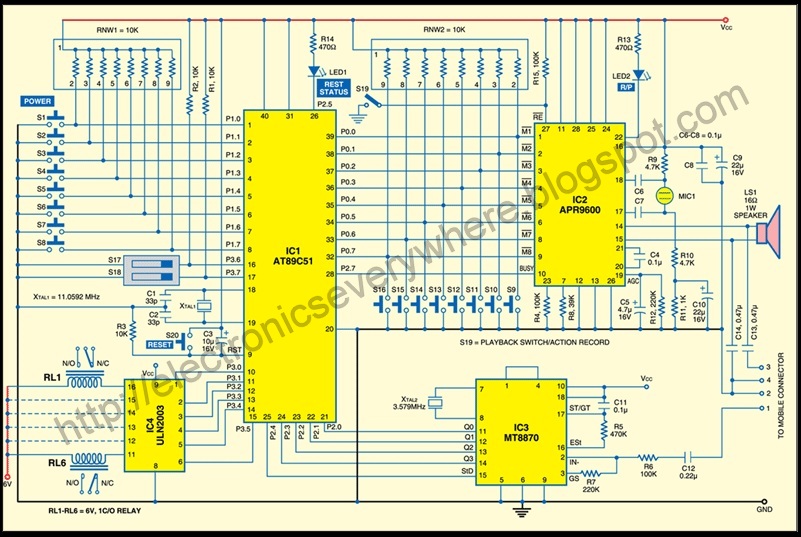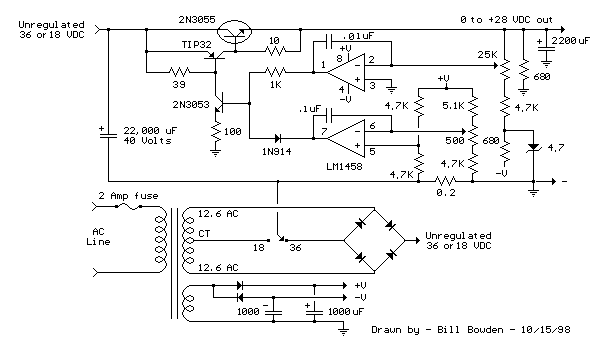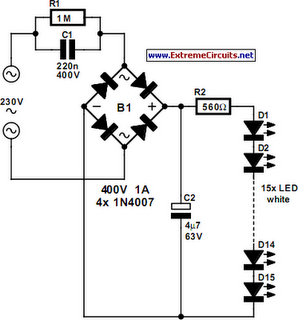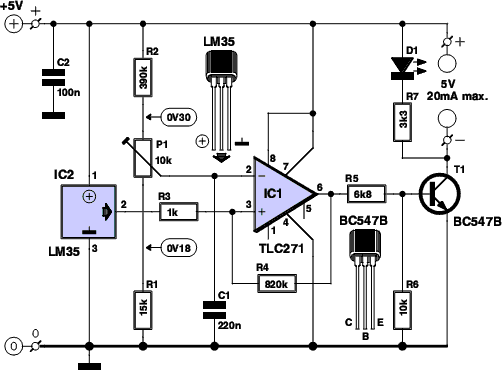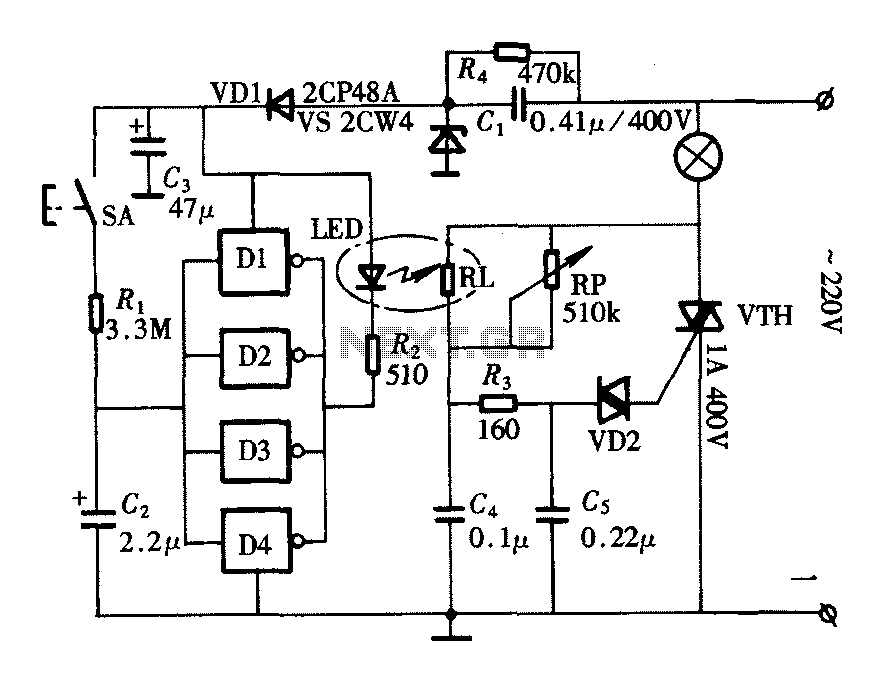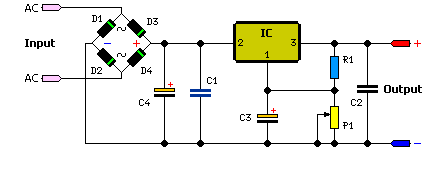
Power Control Unit
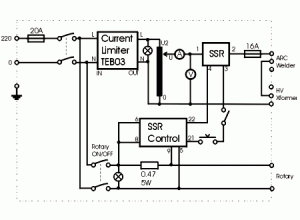
This shows the overall circuit diagram of the power control unit. On the left, there is a main relay controlled by the key switch.
The power control unit circuit diagram illustrates the fundamental components and their interconnections, providing a clear overview of the functionality and operation of the system. The main relay, positioned on the left side of the diagram, acts as a pivotal element in the circuit, serving to control the flow of power through the system. It is activated by the key switch, which functions as an input device allowing the user to initiate or terminate power delivery.
In a typical configuration, when the key switch is turned to the 'on' position, it completes the circuit, allowing current to flow to the relay coil. This energizes the relay, causing it to close its contacts and connect the power source to the load, thereby supplying power to the intended devices or circuits. The relay's contacts are rated for the specific voltage and current levels of the application, ensuring safe and efficient operation.
In addition to the main relay and key switch, the circuit may include additional protective elements such as fuses or circuit breakers to prevent overload conditions. These components are critical for safeguarding the entire system from potential damage due to excessive current or short circuits.
Furthermore, the circuit diagram may also depict various indicators, such as LED status lights, which provide visual feedback on the operational state of the power control unit. These indicators enhance user interaction by signaling whether the system is powered on or off, and they can be integrated in parallel with the relay contacts.
Overall, the power control unit circuit diagram serves as an essential reference for understanding the design, operation, and safety features of the system, facilitating troubleshooting and maintenance activities.This a shows the overall circuit diagram of the power control unit. On the left, there is a main relais controlled by the key switch and the . 🔗 External reference
The power control unit circuit diagram illustrates the fundamental components and their interconnections, providing a clear overview of the functionality and operation of the system. The main relay, positioned on the left side of the diagram, acts as a pivotal element in the circuit, serving to control the flow of power through the system. It is activated by the key switch, which functions as an input device allowing the user to initiate or terminate power delivery.
In a typical configuration, when the key switch is turned to the 'on' position, it completes the circuit, allowing current to flow to the relay coil. This energizes the relay, causing it to close its contacts and connect the power source to the load, thereby supplying power to the intended devices or circuits. The relay's contacts are rated for the specific voltage and current levels of the application, ensuring safe and efficient operation.
In addition to the main relay and key switch, the circuit may include additional protective elements such as fuses or circuit breakers to prevent overload conditions. These components are critical for safeguarding the entire system from potential damage due to excessive current or short circuits.
Furthermore, the circuit diagram may also depict various indicators, such as LED status lights, which provide visual feedback on the operational state of the power control unit. These indicators enhance user interaction by signaling whether the system is powered on or off, and they can be integrated in parallel with the relay contacts.
Overall, the power control unit circuit diagram serves as an essential reference for understanding the design, operation, and safety features of the system, facilitating troubleshooting and maintenance activities.This a shows the overall circuit diagram of the power control unit. On the left, there is a main relais controlled by the key switch and the . 🔗 External reference
Warning: include(partials/cookie-banner.php): Failed to open stream: Permission denied in /var/www/html/nextgr/view-circuit.php on line 713
Warning: include(): Failed opening 'partials/cookie-banner.php' for inclusion (include_path='.:/usr/share/php') in /var/www/html/nextgr/view-circuit.php on line 713
